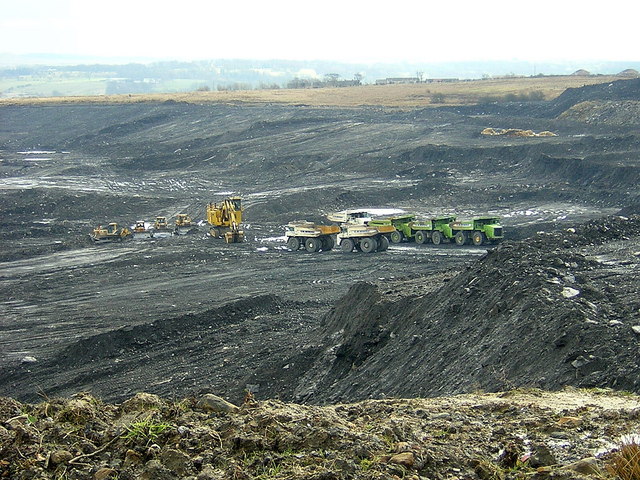The Trump administration has made every effort to arrest the decline of coal in the United States. These efforts include revoking Obama’s Clean Power Plan and rule changes by the Federal Energy Regulatory Commission favoring coal over renewables, among many other regulatory rollbacks. State governments have attempted to rescue local coal sectors as well, including Montana’s efforts to save the Colstrip power plant and adjacent mine.
In spite of these efforts, coal’s decline continues apace as it continues to lose market share to natural gas and renewable energy, the latter of which has seen remarkable cost declines in recent years. Some high-profile coal-fired power plant closures at the end of 2019 have continued a decade-long trend. A recent EIA report states that “between 2010 and the first quarter of 2019, U.S. power companies announced the retirement of more than 546 coal-fired power units, totaling about 102 gigawatts (GW) of generating capacity.” A report by Moody’s estimates that coal’s share in US electricity generation will fall to 11% by 2030.
The question for many coal-producing parts of the country is becoming less whether the sector’s fortunes will turn around and more how to plan for life after coal. One major component of this issue is reclamation – the process of returning land disturbed by mining activity back to something close to its original, natural state. A new report by the Western Organization of Resource Councils (WORC) deep-dives into the outlook for Western reclamation efforts.
The Surface Mining Control and Reclamation Act of 1977 (SMCRA) requires that strip mine operators pay for the cost of reclamation of mining sites. Some land is required to be reclaimed concurrently with mining activities, but land necessary for ongoing operations can be deferred until the end of the mine’s life. Companies must put up a bond that is forfeited to pay for this reclamation in the event that they go out of business during the life of the mine.
However, various loopholes and exceptions to the law have been exploited over the decades, and today there is a much larger volume of mining land still un-reclaimed than was original intended. As of 2018, about 40% of coal mining land (or a little over 160,000 acres) in the United States has not been reclaimed, and only about half of this land is still an active mining area. In fact, Montana has the highest percentage of un-reclaimed mining land of all Western coal-producing states. The SMCRA law still requires that all of this land eventually be reclaimed, so catching up on reclamation will be a major issue for coal-mining communities in the near future, particularly as more coal companies go out of business and their mines are shut down.
The good news is that reclamation can help to address perhaps the biggest issue facing coal-mining communities: how to cope with the job losses associated with coal’s decline. As the WORC report notes, if reclamation efforts are properly funded and carried out (no guarantee), it will create many jobs that would presumably be filled by laid off coal miners themselves. Reclamation jobs do have a limited shelf life, but they could at a minimum temporarily employ those driven out of work and ideally act as a bridge to more stable employment.

